The Aviator’s Last Flight – Hana, Maui, Hawaii
Hana—Maui’s remote, heavenly town—boasts both astounding natural beauty and fascinating history. It’s the birthplace of Kamehameha the Great’s most cherished wife, Queen Ka’ahumanu. It houses one of the wettest and most wondrous rainforests in the world. Its journey to its shores is an adventure of startling proportions, traversing 52 miles, 600 spellbinding turns, and passing nearly 60 waterfalls. Even Charles Lindbergh made it to Hawaii, which became an international sensation.
But one of Hana’s biggest claims to international fame?
It’s the final resting spot for one of the world’s most famous, complicated, and captivating aviators.
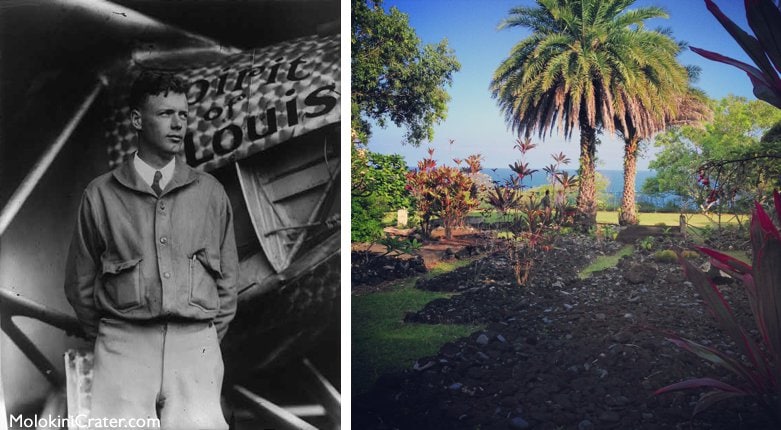
American aviator Charles Lindbergh’s accomplishments could fill an entire vault. The 19th person to complete a transatlantic flight, the U.S. Mail pilot and U.S. Army Air Corps Reserve officer received the Medal of Honor—the nation’s highest military decoration—when he flew solo from New York’s Roosevelt Island Field to Le Bourget Field in Paris on a single-seat, single-engine monoplane in 1927. Requiring 33 ½ hours and comprising 3,600 miles, the monumental accomplishment was nearly the twice the distance of any other aviator’s attempts at gliding over the treacherous Atlantic. Lindbergh also went to school to become a mechanical engineer (though he eventually dropped out), he spent almost an entire year barnstorming under the moniker “Daredevil Lindbergh,” he served as a 1st lieutenant, he studied biology with Nobel Prize-winning French surgeon Dr. Alexis Carrel, he earned acclaim as the first pilot to fly at night, and he invented the “Model T” pump—a glass perfusion pump that’s credited with making heart surgeries possible.

Crime of the Century
But such a remarkable curricula vitae became nearly overshadowed when Lindbergh’s infant son, Charles Jr., was kidnapped from his crib in Lindbergh’s rural New Jersey home in 1932. Ten weeks of searching nationwide, coupled with ransom negotiations that culminated in a $50,000 cash payment, proved to be futile: the baby’s remains were found by chance in a roadside woodland near Mount Rose, New Jersey. The primary culprit was ultimately electrocuted at Trenton State Prison—and the “Crime of the Century,” as the abduction and murder were called, gave birth to making kidnapping a federal crime—but Lindbergh, understandably devastated, was never the same.
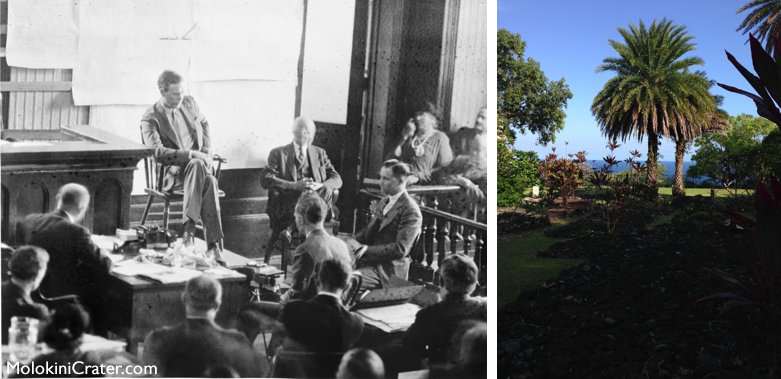
Shortly after the death penalty was exacted on the abductor of his son, Lindbergh and his family secretly fled America, where they went into self-imposed exile in England and Wales. It was there that Lindbergh sought to find a safe haven “away from the tremendous public hysteria” that surrounded him in his home country.
But it was in Hawaii that Lindbergh found his true—and final—home.
After the bombing of Pearl Harbor, Lindbergh joined United Aircraft as an engineering consultant before becoming a technical representative in the Pacific Theater. After the war, the “Lone Eagle” was introduced to Kipahulu by Pan Am executive and close friend Sam Pryor, who had settled on 100 acres in the region and frequently hosted visits from Lindbergh and his wife, Anne. To Lindbergh, Maui—as PBS reports—was paradise: “unspoiled by development and providing nearly uninterrupted privacy.”
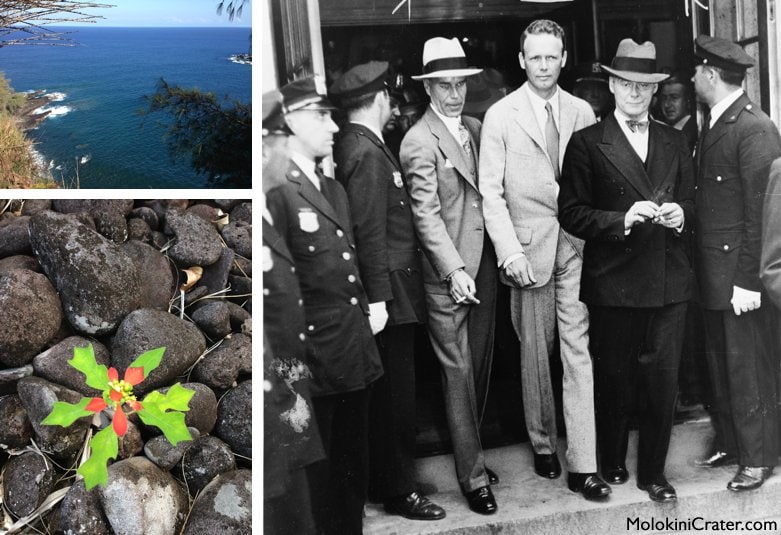
Living in Hana, Maui, Hawaii
Lindbergh spent several of the last years of his life in Hana’s serenity and seclusion—a region that remains one of the least populated spots on the island. There, after purchasing 5 of Pryor’s acres in 1971, the prolific writer, Pulitzer Prize winner, and Commander of the Legion of Honor built a simple, lava-walled A-frame house. Meant to serve as his vacation home (he and his family lived in Darien, Connecticut), he and Anne began spending more and more time in Hana with each passing year, attending church every Sunday and being known around town as ordinary people.
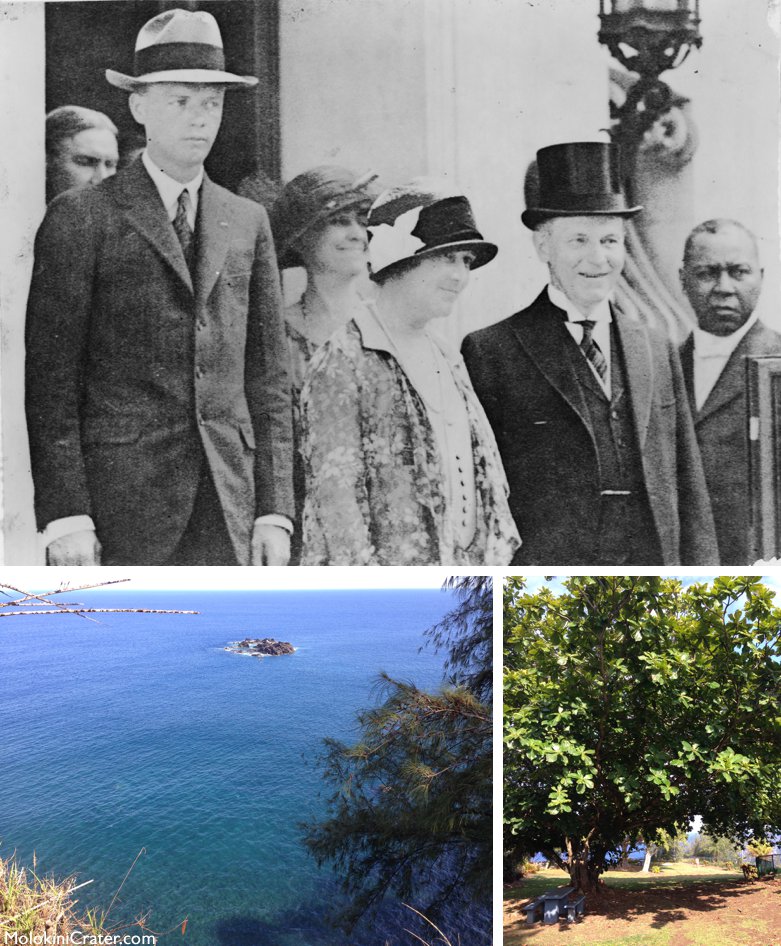
Malama ‘Aina
Meanwhile, Lindbergh became actively involved in the preservation of Humpback whales and worked with local residents, Pryor, and humanitarian Laurance Rockefeller to extend Haleakala National Park to include Kipahulu Valley, in large part to protect the region’s native species. While intensely private about his family—which went on to include 5 children and 10 grandchildren—Lindbergh was vocal about his love of Hana, once writing that “there is nothing quite comparable when you think of the waterfalls, natural swimming pools, and the ocean beyond.” According to biographer Leonard Mosley—who penned Lindbergh: A Biography—Hana “was both a haven and nest” for Charles and Anne, a place “where they had never felt safer or closer to each other.”
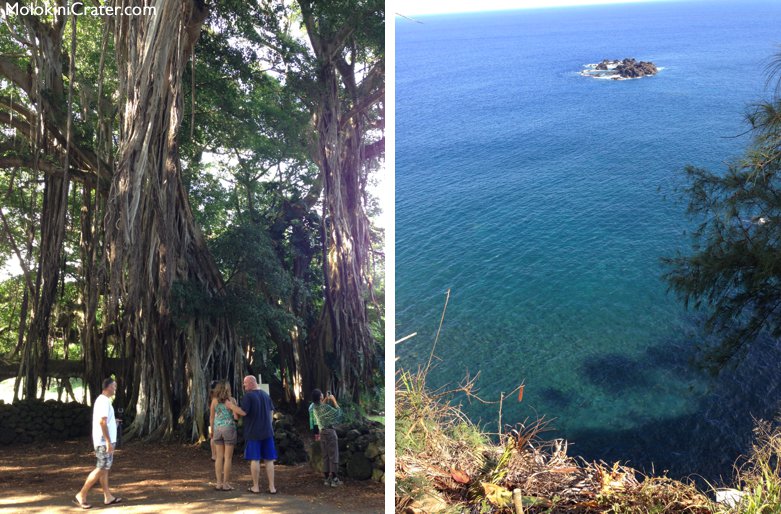
Charles Lindbergh’s Last Days
When Lindbergh was diagnosed with lymphatic cancer in 1974 and learned he had only a short time left to live, he took a clandestine flight from Columbia-Presbyterian in New York to Hana to live out the rest of his days, claiming “I love Maui so much…I would rather live one day in Maui than one month in New York.” (Consider it unsurprising for someone who wanted to “breathe the sweet flowery air of Hana.”) He passed away in Hana at the age of 72, surrounded by the Hawaiian beauty he so deeply cherished.
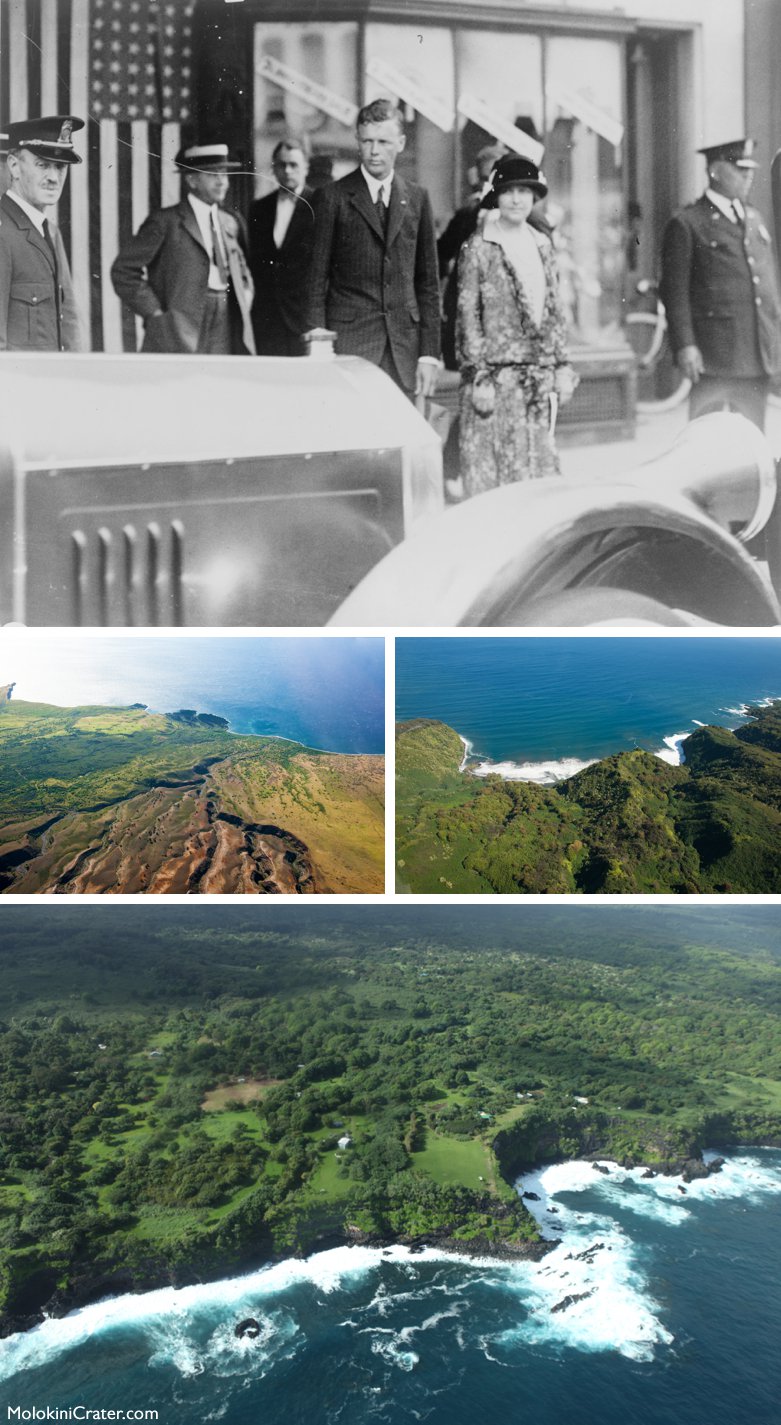
Charles Lindbergh’s Final Resting Place
Today, countless visitors to Maui—as well as locals—pay their respects to Lindbergh at Palapala Ho’omau Church in Kipahulu where he’s buried, a modest, beautiful church, built in 1857 by several of the first missionaries to the island, that overlooks the dramatic Kipahulu Plateau and is celebrated for venerating many of the heroes of the World Wars. Leis drape the modest slab that covers the eucalyptus-thatched coffin in which Lindbergh was buried (a local pickup served as his hearse); Anne rests in peace on the same grounds.
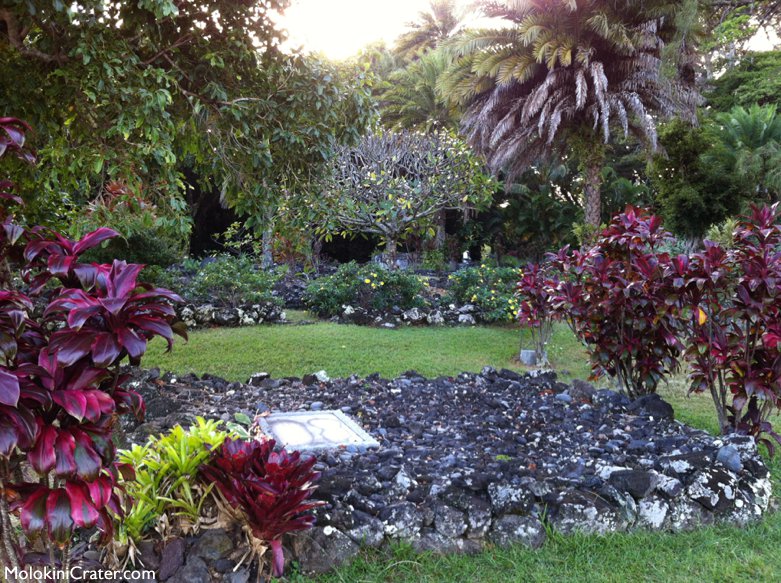
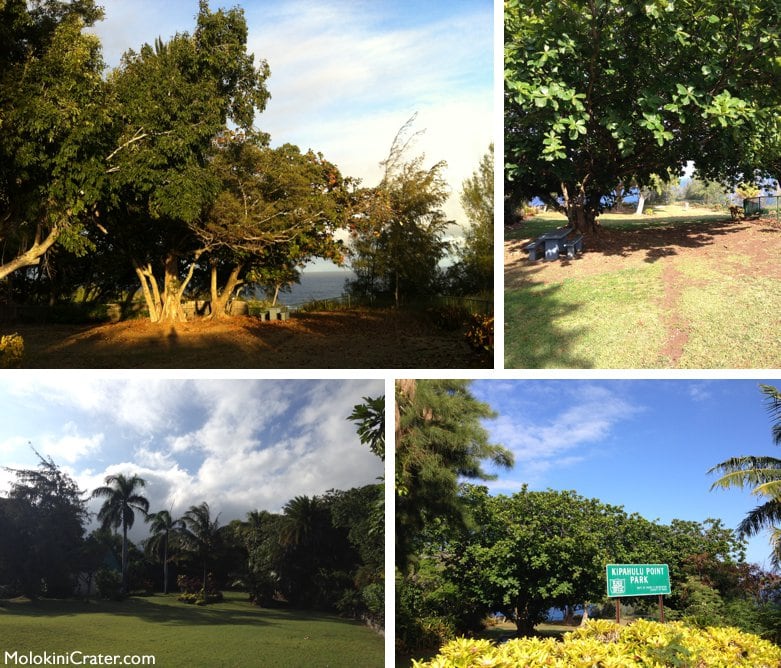
Underneath a java plum tree, his grave holds a final set of words to the world: “If I take the wings of the morning, and dwell in the uttermost parts of the sea…” Taken from Psalms 139:9, the epithet can be read as you wish, but we’re inclined to think that Lindbergh’s was encouraging what he had known since he was a young pilot in Michigan: anything is possible, just as long as you take the first leap. As for those uttermost parts? You’ll find them the moment you turn towards the ocean and stare out at the wide, blue sea.





I’ve visited the gravesite in Hana and in itself is a beautiful place. As you look out from the Kipahulu Plateau the deep blue Pacific stretches as far as the eye can see. I’m sure he’s happy.
He is buried standing upright facing the ocean as he wanted. You can on a clear day see the Big island from this point.
Really? Fascinating!
Obviously not. Where did you get such a preposterous and physically impossible idea?
I wonder where this upright description was taken. The definitive Lindbergh biography on Liindbergh would have mentioned this extremely unusual burial but never did.
Yah, I can’t find anything supporting this.
It’s a spectacular place. Quiet and inviting. Don’t just go there to see his grave!
He chose well as his resting place is enchanting and magical.
Walk down to the picnic tables and hang out for a while.
Spectacular indeed…but not in a noisy or garish way. It is an incredibly peaceful spot. I visited it in 1982 and remember it well. No one else was there and the only sounds were the gently rustling tree leaves. I stood with my back to the ocean as I read the inscription on his grave. The utter stillness of the moment moved me deeply as I thought about his bravery and fortitude. It’s tragic that he became so enamored of Hitler and the Nazis and so bitter toward the Jewish people. But make no mistake that his incredibly remote final resting place is indeed beautiful and deeply peaceful.
I remember, as a child , hearing my Grandparents and my Parents discussing Capt. Lindberg’s fame and the heartbreak of losing a beloved Child. Now as a Senior I appreciate reading your most interesting history of this famous American Hero. Thank you so very much.
My grandfather Wendell Willkie battled America First Movement , their leader was Charles Lindberg . Lindberg made muliple trips to Nazi Germany . He was not a fascist but clearly
looked down on Jewish people . His famous Des Moines speech in 1939 blamed Jews for
trying to get us into World War II . Grandfather Willkie said it was the most dispicable speech had ever heard from a prominent American.
This is a place for Peace , hope Lindberg found it here .
There were people during that time that had that opinion. They were wrong. Read the biography by A. Scott Berg. Both Charles and Anne saved every letter they ever sent or received in addition to all the diaries and journals. Mr. Berg was allowed to go through all of the hundreds of boxes to find the real C.A.L. He did a wonderful job of giving us the best picture of the man and his true intentions as a human. Read the book.
What is the title of the biography you refer to, please?
It’s called “Lindberg”
I believe it’s Lindbergh.
Perhaps you can dig a little deeper and find out how truly awful this man really was… we are no longer fooled by his false legacy as an American hero… that title is much too perilous to be used on the likes of him… I pray in the end he sought forgiveness, only Jesus knows!
Wow, ok can you share more?
I will never forget our visit there in Hana so many years ago and seeing the quote from Ps 139! Nothing more appropriate, best message to all of us who visit there out of high regard for his accomplishments.
CAL was indeed born in Detroit. And his mother lived there for many years. But MI is not the state he flew in as a barnstormer or a Mail pilot. The gravesite is beautiful and so peaceful. As others said above, read “Lindbergh” by A. Scott Berg. Excellent book.
No, Anne is not buried in Maui. Her body was cremated as she had requested and the ashes scattered in places that she loved, although she did not specify what those places were. Her daughter Reeve Lindbergh said family members took it upon themselves to travel to places in the U.S., Switzerland and yes, Maui, that were meaningful to her.
Charles Lindbergh specified that space be segregated for Anne in his grave but Anne said she was not about to disturb his final resting place by opening it up for her.